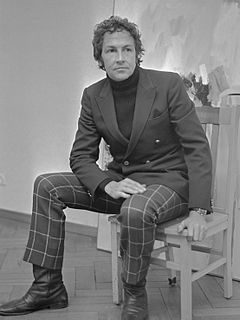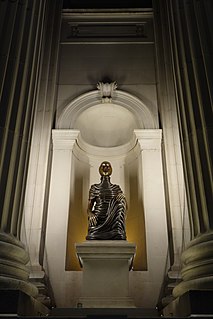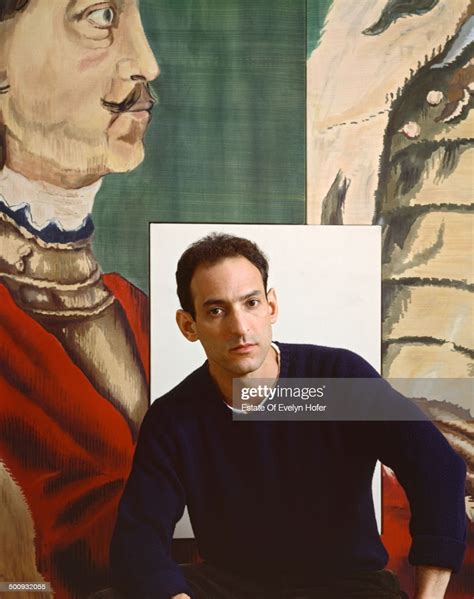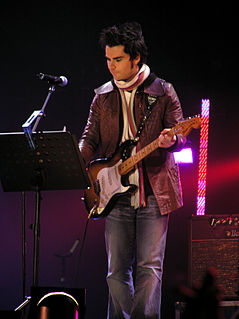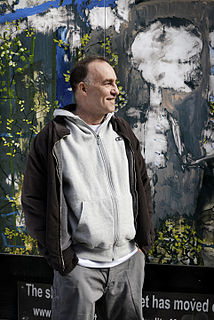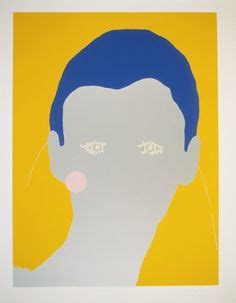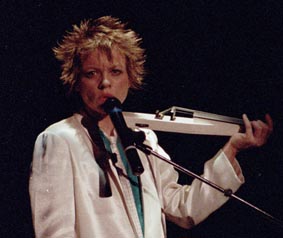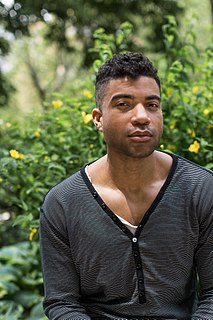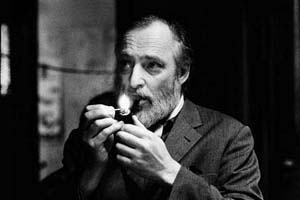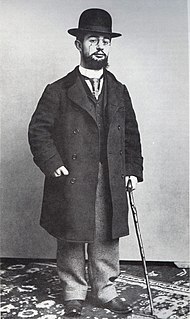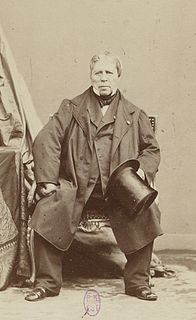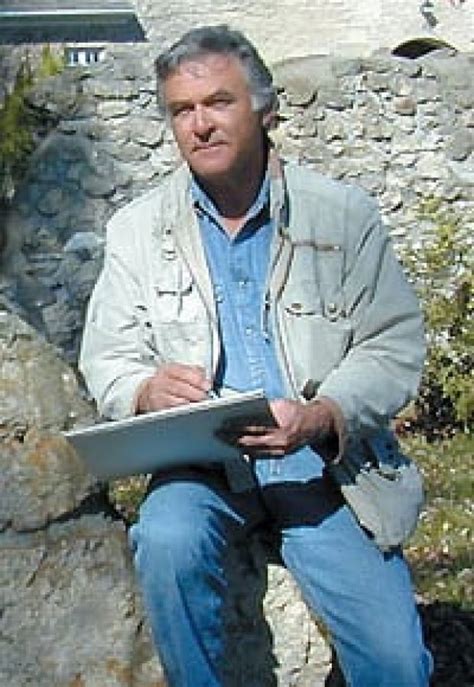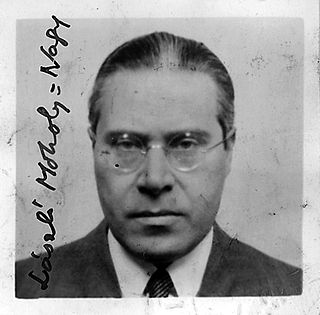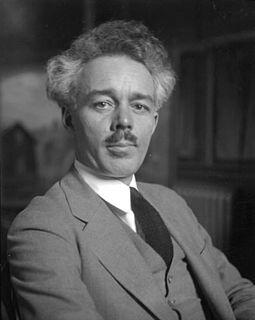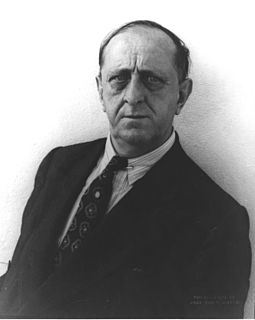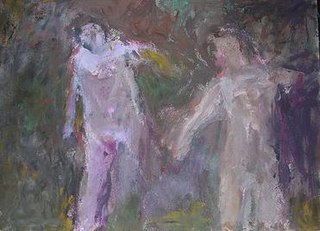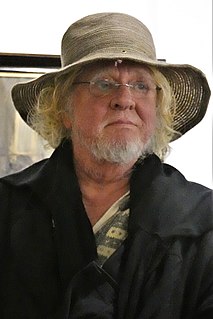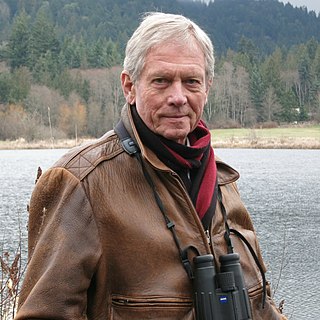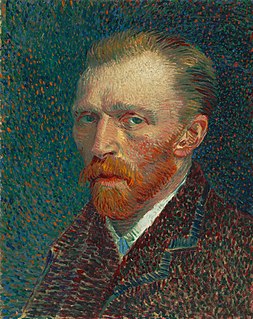A Quote by Robert Longo
It's weird making a drawing of painting. I start to realize that charcoal is this incredibly fragile material. I'm making images of paintings out of dust.
Related Quotes
Before I started working on a computer, writing a piece would be like making something up every day, taking the material and never quite knowing where you were going to go next with the material. With a computer it was less like painting and more like sculpture, where you start with a block of something and then start shaping it.
Everything is so fragile. There's so much conflict, so much pain... You keep waiting for the dust to settle and then you realize this is it; the dust is your life going on. If happy comes along - that weird, unbearable delight that's actual happy - I think you have to grab it while you can. You take what you can get, 'cause it's here, and then... gone.
People are still making paintings. People are still enjoying paintings, looking at paintings. Paintings still have something to tell us. There's a way of being in the world that painting brings to us, that painters bring to the task that we absorb and are able to be in dialogue with. That's something that's part of us.
It's a completely different way of working when you have your own place for recording. It's like if you were a painter, and you do loads of painting, and you just pick which paintings you want to exhibit. It's a much nicer, freer way of making work; you're not limited to anything, and you can make these cool, weird little albums.
Making photographs that dealt with the understanding of who I am as a gay man and dealt with the process of accepting that, and also accepting what I'm into sexually, what sexually arouses me. So I was making these images not necessarily knowing what they were about, but just putting it out there - that mode of thinking or consideration of my own desires, and also the much larger conversation around images that deal with ideas of sexuality and how those images are distributed and then accepted or understood by whoever is viewing those images.
While it may seem a little mundane, the material realities of realizing the painting actually have a lot to do with how you should read the painting. For example, we assume that what the model is wearing is what we found him in in the streets. No; in fact, a lot of what happens is that in Photoshop certain aspects are being heightened or diminished. There is no actual material truth in these paintings.

